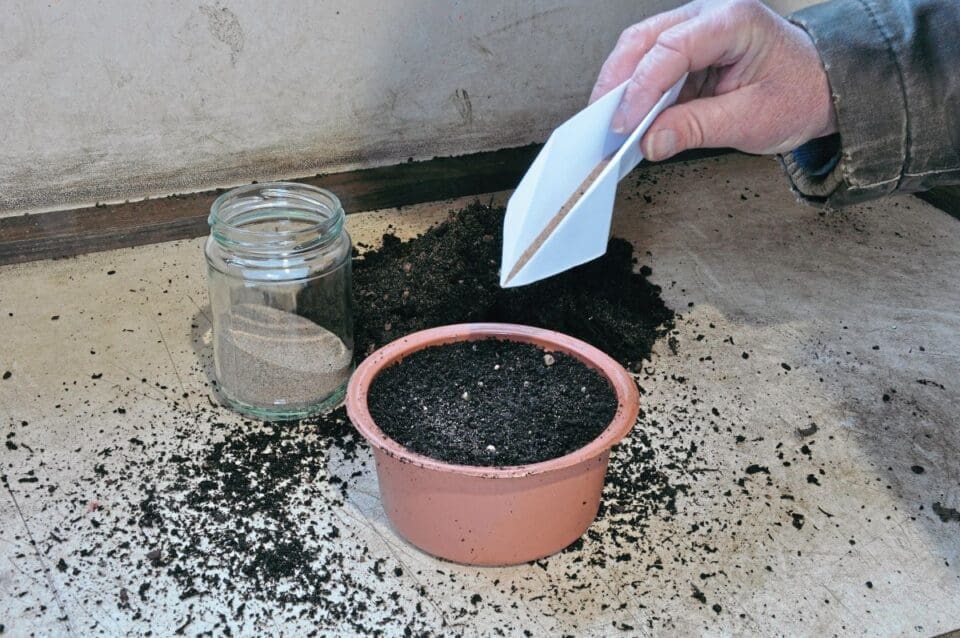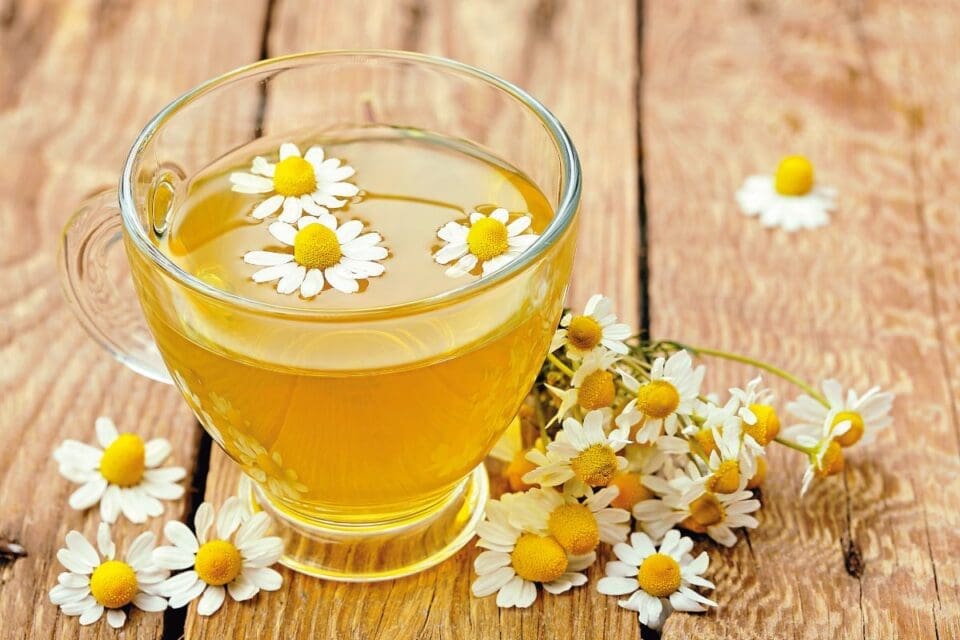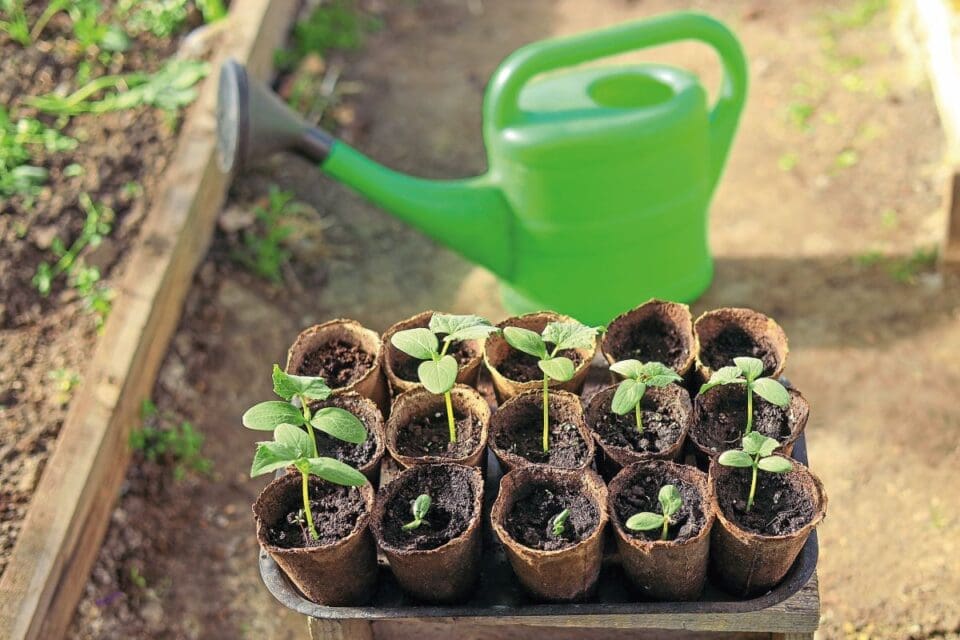Here are a few simple ideas to help you when starting seeds in pots and trays.
1. Avoid oversowing pots or trays
If you are planning on lifting the seedlings and potting them up individually, you don’t want to have them sown too thickly. It will be difficult to lift and separate seedlings when you need to move them. Be sparing with the amount of seed per pot or tray. Use more small pots or trays if necessary, rather than overcrowding one pot.
2. Mix seed with sand
To sow fine seeds mix the seed with some very fine, dry horticultural sand and sprinkle the sand over the surface of the pot. It can help evenly spread the seed and you can see where you have sown.
Enjoy more Kitchen Garden reading in the monthly magazine.
Click here to subscribe & save.

3. Water from the base so as not to disturb small seeds
This is the best way to water your newly sown pots of seeds. Take a tray and fill with water. Place your seed trays or pots into the tray. The pots will soon take up water through the holes in the base of the pot. The water will reach the top and the compost will darken. This is the time to lift out the pots and place them where they can drain for a few minutes. This method evenly charges the whole compost with moisture.
4. Use clean trays and pots

It is always good practice to clean seed trays, pots or cell trays before using for sowing seeds. A wash in some soapy water and then rinsing well will suffice or you could use something like Citrox. Another alternative is Gardening-Naturally Natural Citrus Cleaner (www.gardening-naturally.com).
5. Use a free-draining compost or other substrate
If buying compost for sowing seeds in pots, then check the bag to make sure it is suitable for seed sowing. Some of the multipurpose composts are fine but others may state they are suitable for seedling stage onwards. Just check the bag. You can buy John Innes seed compost or composts specifically for seed sowing, which are free draining yet will hold enough moisture for successful seed germination and won’t be too nutrient rich either. Or make your own.
6. Keep watering cans and misting bottles clean
Every once in a while, use a cleaning product such as Agralan Citrox in watering cans and your water misting bottles. Citrox is a natural disinfectant containing citrus fruit and is safe to use on equipment that will be used for watering seeds and seedlings.
7. Use chamomile tea to prevent issues with damping off
Damping off is a problem for newly emerged seedlings. It can cause them to suddenly rot and collapse. It is often the stem that is affected and it can affect patches of seedlings. You will find them laying flat on the compost surface. It is caused by fungal diseases and the problem can be reduced by being careful not to overwater. It also helps to make sure all the trays or pots are clean and you are using a sterile growing medium such as a proprietary compost or something like perlite or vermiculite. Watering your seedlings with a cooled chamomile tea solution is possibly a good preventative measure. Worth experimenting with.

8. Don’t use water butt water for seedlings, only tap water or fresh rainwater.
Newly sown seeds and emerging seedlings can be sensitive to pathogens. Water from a water butt may possibly contain some nasties especially if it has been sitting a long time. Water pots with tap water or fresh tepid rainwater initially. Once seedlings are established and stronger it is less of an issue.
9. Don’t over or underwater
This is obvious but easier said than done. Some types of compost are particularly difficult to gauge how moist they are. Coir compost sometimes dries out on the surface but can still be quite damp underneath. Pushing your finger into the compost is often the best way to ascertain how dry it is at the root level of the seedlings.
10. Store cans inside to warm the water and reduce shock
Anything that avoids ‘shocking’ seeds and seedlings with rapid temperature changes is good, so keep a full watering can in the greenhouse or wherever you keep the seedlings.

 Enjoy more Kitchen Garden reading in the monthly magazine. Click here to subscribe.
Enjoy more Kitchen Garden reading in the monthly magazine. Click here to subscribe.
Sign-up to the Kitchen Garden Magazine Newsletter
Enter your e-mail address below to see a free digital back issue of Kitchen Garden Magazine and get regular updates straight to your inbox…
You can unsubscribe at any time.
About the Author
- The Joy of Growing Your Own Carrots - 22nd March 2024
- The 10 easy things you can do for success sowing in containers - 29th February 2024
- How to grow your own plant-based protein this Veganuary - 8th January 2024









